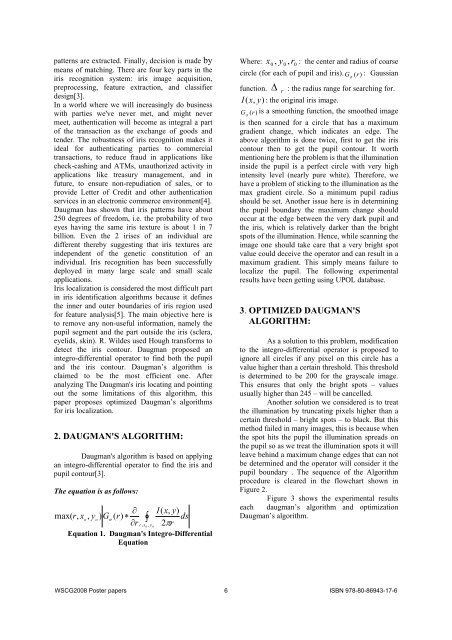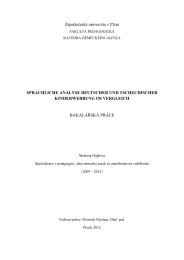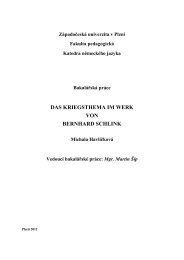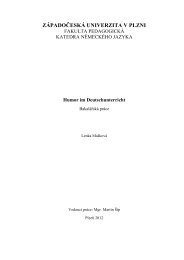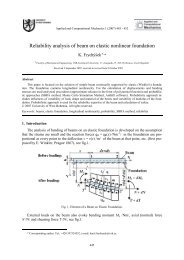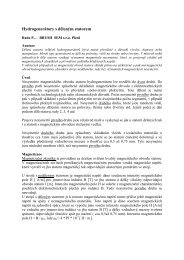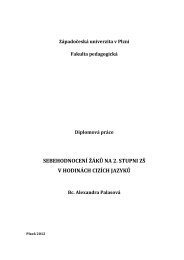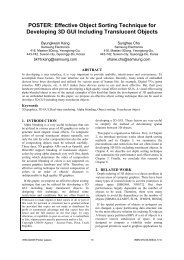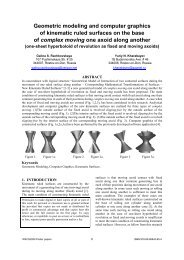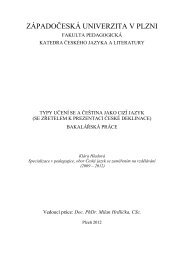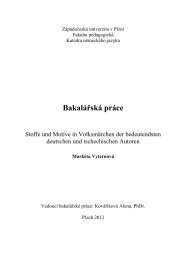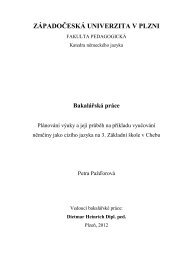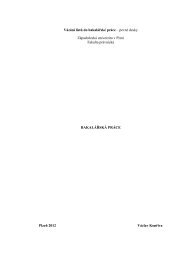POSTER: Optimized Daugman's Algorithm for Iris Localization
POSTER: Optimized Daugman's Algorithm for Iris Localization
POSTER: Optimized Daugman's Algorithm for Iris Localization
You also want an ePaper? Increase the reach of your titles
YUMPU automatically turns print PDFs into web optimized ePapers that Google loves.
patterns are extracted. Finally, decision is made by<br />
means of matching. There are four key parts in the<br />
iris recognition system: iris image acquisition,<br />
preprocessing, feature extraction, and classifier<br />
design[3].<br />
In a world where we will increasingly do business<br />
with parties we've never met, and might never<br />
meet, authentication will become as integral a part<br />
of the transaction as the exchange of goods and<br />
tender. The robustness of iris recognition makes it<br />
ideal <strong>for</strong> authenticating parties to commercial<br />
transactions, to reduce fraud in applications like<br />
check-cashing and ATMs, unauthorized activity in<br />
applications like treasury management, and in<br />
future, to ensure non-repudiation of sales, or to<br />
provide Letter of Credit and other authentication<br />
services in an electronic commerce environment[4].<br />
Daugman has shown that iris patterns have about<br />
250 degrees of freedom, i.e. the probability of two<br />
eyes having the same iris texture is about 1 in 7<br />
billion. Even the 2 irises of an individual are<br />
different thereby suggesting that iris textures are<br />
independent of the genetic constitution of an<br />
individual. <strong>Iris</strong> recognition has been successfully<br />
deployed in many large scale and small scale<br />
applications.<br />
<strong>Iris</strong> localization is considered the most difficult part<br />
in iris identification algorithms because it defines<br />
the inner and outer boundaries of iris region used<br />
<strong>for</strong> feature analysis[5]. The main objective here is<br />
to remove any non-useful in<strong>for</strong>mation, namely the<br />
pupil segment and the part outside the iris (sclera,<br />
eyelids, skin). R. Wildes used Hough trans<strong>for</strong>ms to<br />
detect the iris contour. Daugman proposed an<br />
integro-differential operator to find both the pupil<br />
and the iris contour. Daugman’s algorithm is<br />
claimed to be the most efficient one. After<br />
analyzing The <strong>Daugman's</strong> iris locating and pointing<br />
out the some limitations of this algorithm, this<br />
paper proposes optimized Daugman’s algorithms<br />
<strong>for</strong> iris localization.<br />
2. DAUGMAN'S ALGORITHM:<br />
<strong>Daugman's</strong> algorithm is based on applying<br />
an integro-differential operator to find the iris and<br />
pupil contour[3].<br />
The equation is as follows:<br />
∂ I(<br />
x,<br />
y)<br />
max( r,<br />
x , y ) G ( r)<br />
∗<br />
o o ∫ ds<br />
σ<br />
∂r<br />
r<br />
r , x o , 2π<br />
y o<br />
Equation 1. <strong>Daugman's</strong> Integro-Differential<br />
Equation<br />
Where: x<br />
0<br />
, y0<br />
, r0<br />
: the center and radius of coarse<br />
circle (<strong>for</strong> each of pupil and iris). G σ<br />
(r)<br />
: Gaussian<br />
Δ<br />
function. r : the radius range <strong>for</strong> searching <strong>for</strong>.<br />
I ( x,<br />
y)<br />
: the original iris image.<br />
G σ<br />
(r) is a smoothing function, the smoothed image<br />
is then scanned <strong>for</strong> a circle that has a maximum<br />
gradient change, which indicates an edge. The<br />
above algorithm is done twice, first to get the iris<br />
contour then to get the pupil contour. It worth<br />
mentioning here the problem is that the illumination<br />
inside the pupil is a perfect circle with very high<br />
intensity level (nearly pure white). There<strong>for</strong>e, we<br />
have a problem of sticking to the illumination as the<br />
max gradient circle. So a minimum pupil radius<br />
should be set. Another issue here is in determining<br />
the pupil boundary the maximum change should<br />
occur at the edge between the very dark pupil and<br />
the iris, which is relatively darker than the bright<br />
spots of the illumination. Hence, while scanning the<br />
image one should take care that a very bright spot<br />
value could deceive the operator and can result in a<br />
maximum gradient. This simply means failure to<br />
localize the pupil. The following experimental<br />
results have been getting using UPOL database.<br />
3. OPTIMIZED DAUGMAN'S<br />
ALGORITHM:<br />
As a solution to this problem, modification<br />
to the integro-differential operator is proposed to<br />
ignore all circles if any pixel on this circle has a<br />
value higher than a certain threshold. This threshold<br />
is determined to be 200 <strong>for</strong> the grayscale image.<br />
This ensures that only the bright spots – values<br />
usually higher than 245 – will be cancelled.<br />
Another solution we considered is to treat<br />
the illumination by truncating pixels higher than a<br />
certain threshold – bright spots – to black. But this<br />
method failed in many images, this is because when<br />
the spot hits the pupil the illumination spreads on<br />
the pupil so as we treat the illumination spots it will<br />
leave behind a maximum change edges that can not<br />
be determined and the operator will consider it the<br />
pupil boundary . The sequence of the <strong>Algorithm</strong><br />
procedure is cleared in the flowchart shown in<br />
Figure 2.<br />
Figure 3 shows the experimental results<br />
each daugman’s algorithm and optimization<br />
Daugman’s algorithm.<br />
WSCG2008 Poster papers 6 ISBN 978-80-86943-17-6


